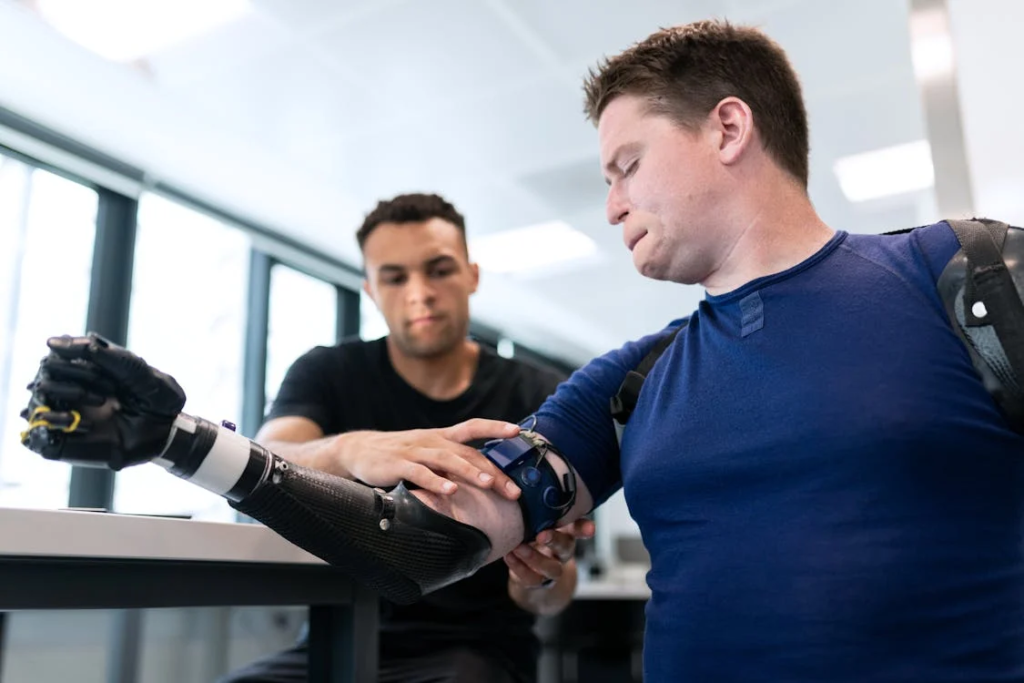
Artificial Intelligence (AI) has transitioned from a futuristic concept to a significant part of our daily lives, driving advancements in various fields such as healthcare, finance, and entertainment. At the core of these advancements are Large Language Models (LLMs), a type of AI that has revolutionized how machines understand and generate human language. This blog post aims to demystify LLMs and provide an overview of how AI works.
What are Large Language Models (LLMs)?
Large Language Models are a subset of artificial intelligence specifically designed to understand, interpret, and generate human language. These models are built using vast amounts of textual data and sophisticated algorithms that enable them to perform a wide range of language-related tasks, from translating languages to writing essays.
LLMs, like OpenAI’s GPT-4, are based on neural networks, which are computational models inspired by the human brain. These networks consist of layers of interconnected nodes (neurons) that process information in a way that mimics human learning. The “large” in LLMs refers to the enormous scale of these networks, both in terms of the number of neurons and the volume of training data used.
How Do LLMs Work?
The functioning of LLMs can be broken down into several key steps:
1. Data Collection and Preprocessing:
– LLMs are trained on diverse and extensive datasets, including books, websites, articles, and more. This data is cleaned and preprocessed to remove noise and irrelevant information.
2. Training:
– During training, the model learns to predict the next word in a sentence. This process, known as language modeling, involves adjusting the weights of the neural network to minimize the difference between the predicted and actual words. The training requires significant computational power and can take weeks or even months.
3. Fine-Tuning:
– After the initial training, LLMs can be fine-tuned on specific datasets to improve their performance on particular tasks. For example, a model might be fine-tuned on medical literature to assist in healthcare applications.
4. Inference:
– Once trained, the model can be used to generate text, answer questions, or perform other language-related tasks. During inference, the model uses the patterns it learned during training to produce human-like responses.
How Does AI Work?
While LLMs are a prominent example, AI encompasses a broad range of techniques and technologies. Here’s a simplified overview of how AI works:
1. Data Input:
– AI systems begin with data collection, gathering information relevant to the task at hand. This data can be structured (like databases) or unstructured (like text, images, and videos).
2. Data Processing:
– The collected data is processed and analyzed to extract meaningful insights. This step often involves data cleaning, normalization, and transformation.
3. Model Training:
– AI models are trained using algorithms that learn from the data. Depending on the task, different types of models can be used, such as decision trees, neural networks, or support vector machines. The training process involves finding patterns and relationships within the data.
4. Evaluation and Validation:
– After training, models are evaluated using separate datasets to ensure they perform accurately. Techniques like cross-validation are used to test the model’s robustness.
5. Deployment:
– Once validated, AI models are deployed to perform tasks in real-world applications. They can be integrated into software systems, embedded in devices, or used as standalone tools.
6. Continuous Learning:
– AI systems can continuously learn and improve from new data, making them adaptive to changing environments and evolving requirements.
The Impact of LLMs and AI

The impact of LLMs and AI is vast and growing. In healthcare, AI assists in diagnosing diseases and personalizing treatment plans. In finance, it helps detect fraud and optimize trading strategies. In entertainment, AI powers recommendation systems and creates immersive experiences. Moreover, LLMs are enhancing accessibility by providing advanced language translation and communication tools.
Challenges and Future Directions
Despite their advancements, LLMs and AI face challenges such as ethical considerations, bias in training data, and the need for interpretability. As AI continues to evolve, researchers are focusing on developing more transparent, fair, and accountable systems.
The future of AI holds exciting possibilities. With ongoing advancements in technology and a deeper understanding of human cognition, AI systems will become even more integrated into our lives, driving innovation and transforming industries.
Conclusion
LLMs and AI represent the frontier of technological innovation, pushing the boundaries of what machines can achieve. By understanding the principles behind these technologies, we can better appreciate their capabilities and anticipate their future impact. As we continue to explore the potential of AI, we stand on the brink of a new era where intelligent machines seamlessly augment human capabilities and enhance our world in unprecedented ways.